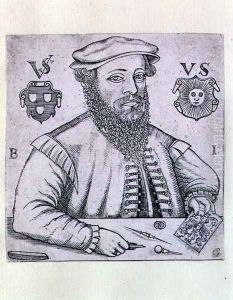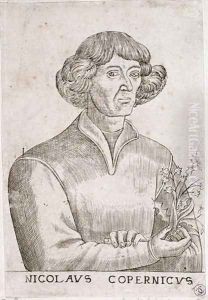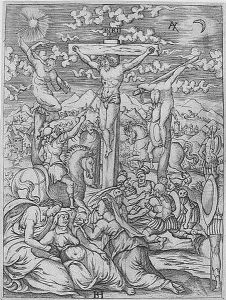Balthasar Jenichen Paintings
Balthasar Jenichen, an enigmatic figure in the annals of art history, was a notable engraver and printmaker active in the late 16th and early 17th centuries. Originating from Nuremberg, a city renowned for its vibrant artistic and cultural scene during the Renaissance, Jenichen's life and career were deeply influenced by the rich artistic traditions and innovations of his time. Although specific details about his early life remain scarce, it is believed that he was born around 1560 and was possibly trained in the workshop of a local artist, which was a common practice for aspiring artists of the period.
Jenichen is best known for his intricate engravings, which predominantly featured religious, allegorical, and mythological themes. His works were characterized by their meticulous detail, precise linework, and the dynamic interplay of light and shadow, which were hallmarks of the Northern Renaissance's graphic arts. Jenichen's engravings not only served as devotional images and decorative art but also played a significant role in disseminating the artistic and cultural ideals of the Renaissance throughout Europe.
Despite the high quality of his work, Balthasar Jenichen did not achieve the same level of fame as some of his contemporaries, such as Albrecht Dürer or Hendrick Goltzius. However, his contributions to the field of engraving and printmaking have been increasingly recognized and appreciated by art historians and collectors in more recent times. His prints are now valued for their artistic merit as well as their historical significance, providing insight into the religious and cultural milieu of early modern Europe.
Jenichen's career flourished in Nuremberg, a city that was a hub for artists, craftsmen, and traders. The exact details of his death are as elusive as those of his birth, but it is generally believed that he died around 1625. Throughout his life, Jenichen's work reflected the transition from the Renaissance to the early Baroque period, capturing the changing tastes and ideologies of his era. Today, his engravings are preserved in various museums and collections around the world, serving as a testament to his skill and creativity as an artist.


